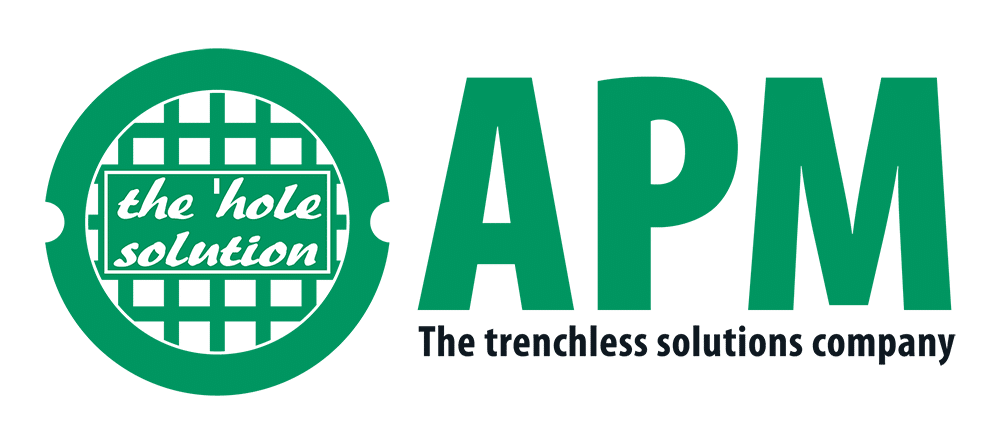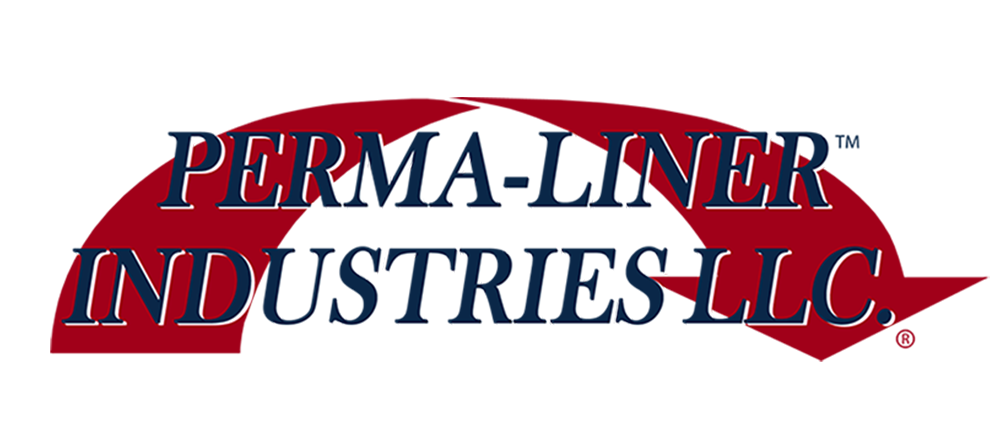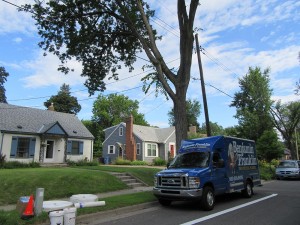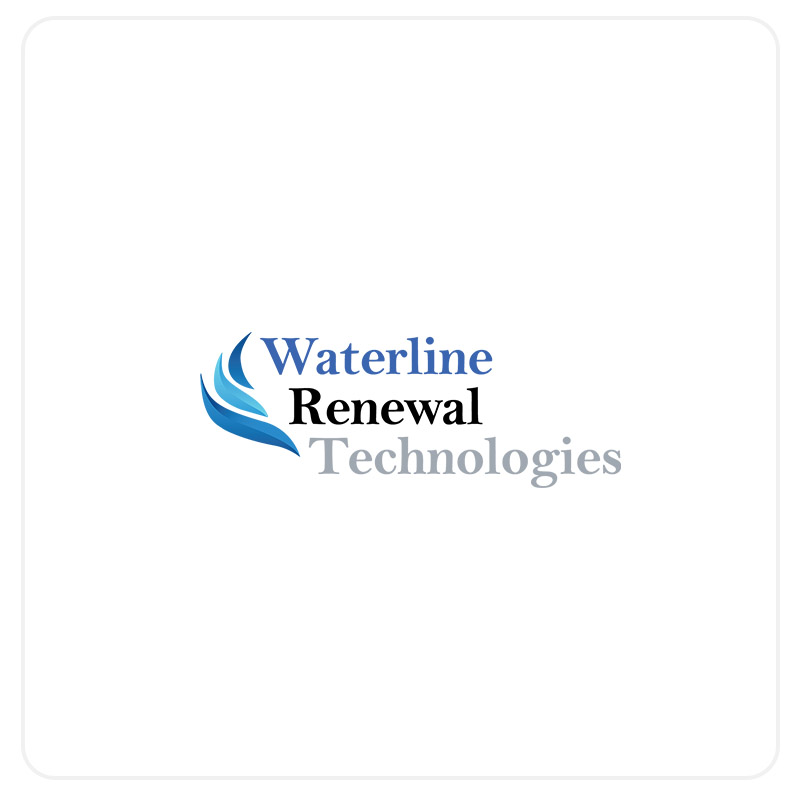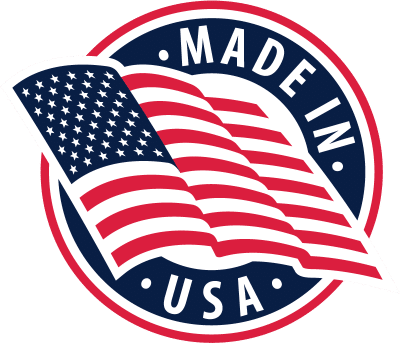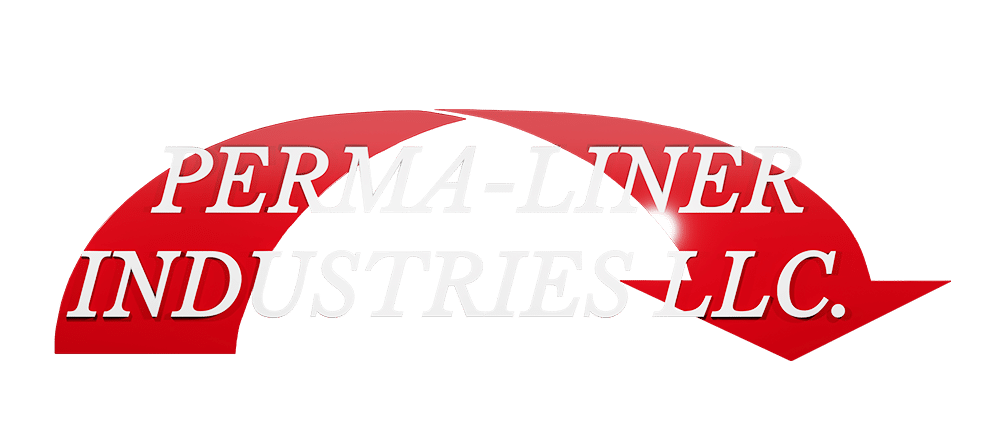Flow equalization is basically storing wastewater generated over a period of time to spread the flow out more evenly for a day or week. It is the start of managing treatment efficiency in the system. The desired flow rate – or daily loading – is determined by the use pattern and levels, and the ability of the final soil treatment unit to accept the wastewater. In the absence of actual flow data, a design for capacity would be to look at the estimated daily flow handled by the drainfield and then look at the maximum weekend or four-day holiday stretch during a family reunion. Total capacity of a flow equalization tank used in a commercial treatment system can be calculated by adding the surge day-loading volume to the average daily flow. For example, a fast-food restaurant or other franchise operation usually has solid information on peak days and has consistent flows, making establishing tank capacity a simple process.
For a residential system in Minneapolis, code requires a 1,000-gallon minimum tank or two times the estimated daily average flow rate. To estimate what this means: a three-bedroom house at 450 gallons per day x 2 = 900 gallons per day, or the 1,000-gallon minimum. It’s straightforward as long as the tank allows the pump to be covered with water that is the minimum volume and any requirements for storage after a high-water alarm is triggered. Bottom line, regardless of the situation, it is recommended designing on the basis of the peak measured flow and then build in safety capacity. Storage and flow equalization are especially critical, for example, during peak summer usage periods at family summer lakefront cabins in Minnesota. These properties have small lots and limited drain field capacity, and onsite systems face severe overuse when everyone comes to the cabin to escape the heat in the cities.


